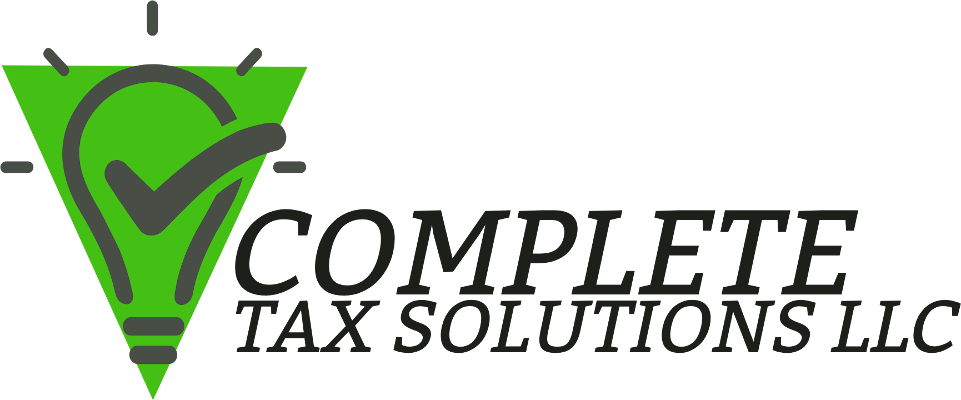If you own a business, you have probably been targeted by a scam trying to get you to claim the Employee Retention Credit (ERC). These scams have run rampant over the last year and have solicited business owners via email, telephone, and postal mail. Unfortunately some business owners have been tricked into improperly claiming an ERC for which they do not qualify, leading to the possibility of fines and repayment of the credit with interest.
Recognizing this problem, the IRS has announced the details of a special withdrawal process to help those who filed an ERC claim and are concerned about its accuracy. This new withdrawal option allows some employers that filed an ERC claim but have not yet received a refund to withdraw their submission and avoid future repayment, interest and penalties. Employers that submitted an ERC claim that’s still being processed can withdraw their claim and avoid the possibility of getting a refund for which they’re ineligible.
The IRS created the withdrawal option to help small business owners and others who were pressured or misled by ERC marketers or promoters into filing ineligible claims. Claims that are withdrawn will be treated as if they were never filed. The IRS will not impose penalties or interest.
Those who willfully filed a fraudulent claim, or those who assisted or conspired in such conduct, should be aware that withdrawing a fraudulent claim will not exempt them from potential criminal investigation and prosecution.
Who can ask to withdraw an ERC claim
Employers can use the ERC claim withdrawal process if all of the following apply:
- They made the claim on an adjusted employment return (Forms 941-X, 943-X, 944-X, CT-1X).
- They filed the adjusted return only to claim the ERC, and they made no other adjustments.
- They want to withdraw the entire amount of their ERC claim.
- The IRS has not paid their claim, or the IRS has paid the claim, but they haven’t cashed or deposited the refund check.
Taxpayers who are not eligible to use the withdrawal process can reduce or eliminate their ERC claim by filing an amended return.
How to withdraw an ERC claim
To take advantage of the claim withdrawal procedure, taxpayers should carefully follow the special instructions at IRS.gov/withdrawmyerc, summarized below.
- Taxpayers whose professional payroll company filed their ERC claim should consult with the payroll company. The payroll company may need to submit the withdrawal request for the taxpayer, depending on whether the taxpayer’s ERC claim was filed individually or batched with others.
- Taxpayers who filed their ERC claims themselves, haven’t received, cashed or deposited a refund check and have not been notified their claim is under audit should fax withdrawal requests to the IRS using computer or mobile device. The IRS has set up a special fax line to receive withdrawal requests. This enables the agency to stop processing before the refund is approved. Taxpayers who are unable to fax their withdrawal using a computer or mobile device can mail their request, but this will take longer for the IRS to receive.
- Employers who have been notified they are under audit can send the withdrawal request to the assigned examiner or respond to the audit notice if no examiner has been assigned.
Those who received a refund check, but haven’t cashed or deposited it, can still withdraw their claim. They should mail the voided check with their withdrawal request using the instructions at IRS.gov/withdrawmyerc.
